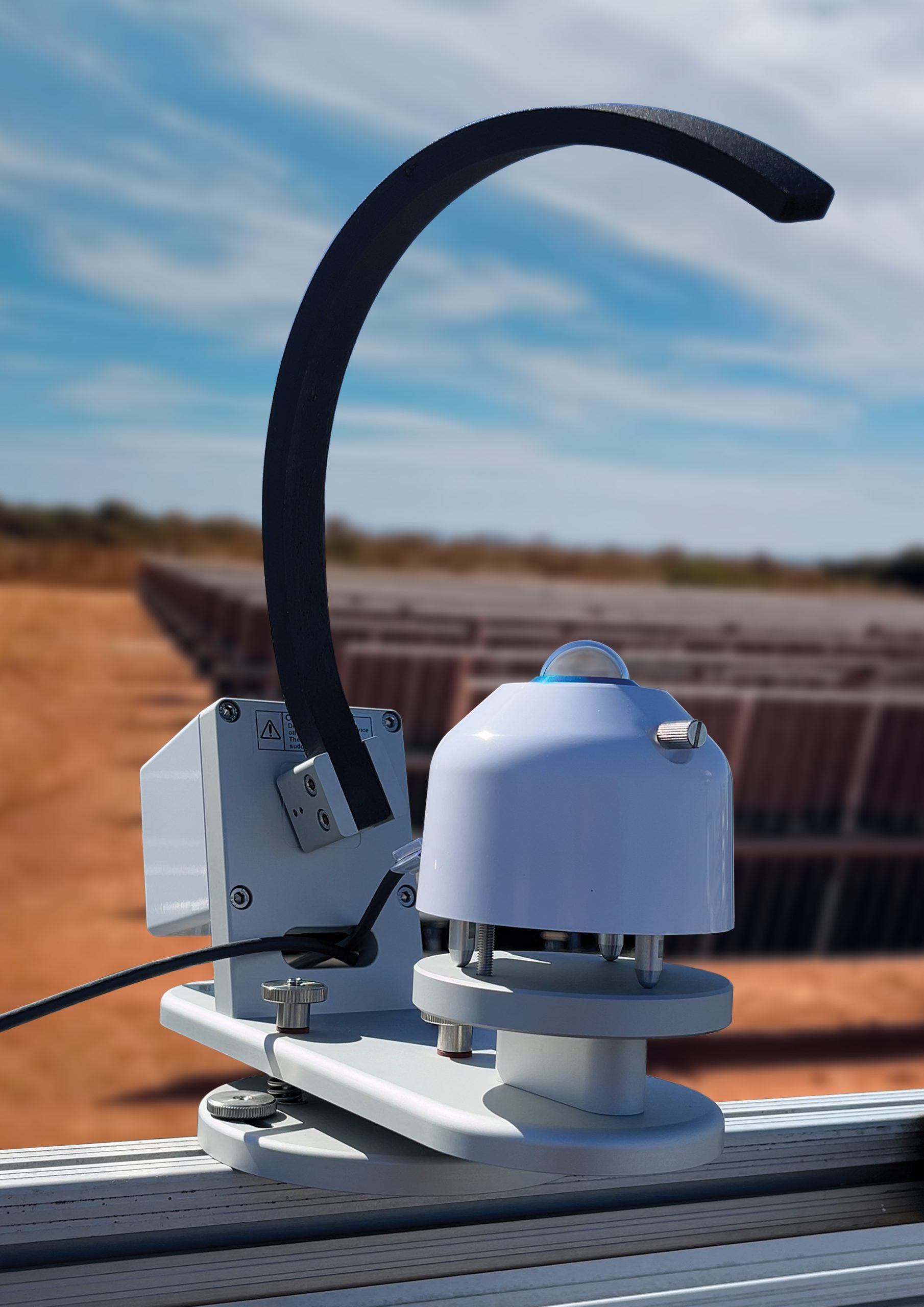Accurate solar irradiance data is crucial for designing, operating, and maintaining solar photovoltaic (PV) systems. Solar projects use various methods to gather this data, including Typical Meteorological Year datasets, satellite estimates, and ground-based measurements. The latter provide detailed insights for planning and monitoring. Instruments like pyranometers and pyrheliometers measure irradiance to optimize solar systems. Innovations like EKO’s MS-80SH Plus+ system add precision to solar irradiance monitoring, highlighting the importance of diffuse irradiance in solar energy applications. Because having the right data, whether in clear or cloudy conditions, ensures optimal solar energy harnessing.
Accurate data on solar irradiance plays an indispensable role in assessing solar resources, quantifying the effectiveness of Solar Photovoltaic (PV) technologies and throughout the lifecycle of PV systems. It guides decisions in design, certification, operation, maintenance, and troubleshooting.
The approach taken for the evaluation of solar resources varies depending on the scale and phase of solar projects, requiring tailored approaches. At each stage, from conception to operation, distinct methodologies, including the use of Typical Meteorological Year (TMY) datasets, satellite-based irradiance estimates, and ground-based measurements, offer unique insights into the solar potential.
As projects progress into site-specific planning, the integration of ground-based measurements refines assessments, offering granular insights into local conditions and potential shading effects. Furthermore, ground-based observations, play a vital role in operational monitoring, enabling real-time performance evaluation and maintenance scheduling.
In PV applications, the most relevant instruments include thermopile pyranometers, photodiode pyranometers, and photovoltaic reference cells, each offering a choice between precision, stability, and cost.



























